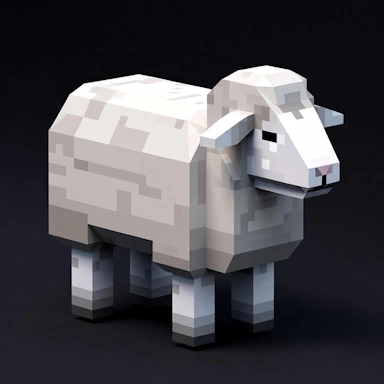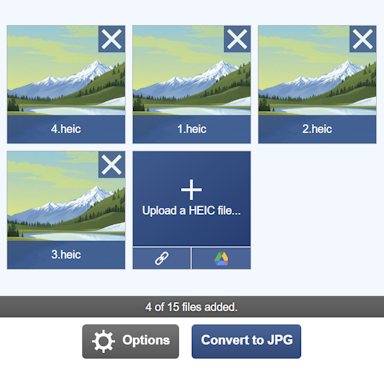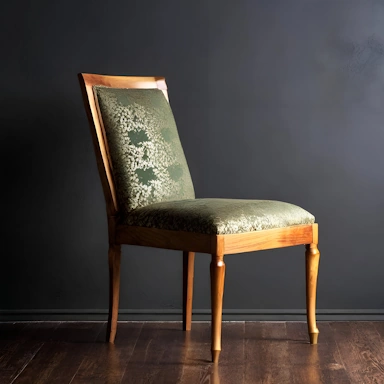Image to 3D Model Automatic Background Removal
Date: June 05, 2024
We have made some improvements to the Extrude and Extrude (Color) modes of the various image to 3D model tools to make it easier to remove backgrounds from source images prior to upload. Here is some brief information as to what has changed and how it affects these two conversion modes.
Automatic Background Removal
When using the Extrude and Extrude (Color) modes, there is a new Remove Background checkbox setting. If you don't check this, the final 3D model will include the background of your image. Now, if your image has a black background and you are using the Extrude mode, then, as black represents a pixel with no height, the black background will not propagate into the 3D model. If your background was, however, light gray, then this would be carried through to the 3D model with a height determined by the brightness of the gray background.
When using the Extrude (Color) mode where the extrusion height is fixed rather than based on pixel color brightness, an image with a black background (or any color other than transparency for that matter) will be processed by the tool as just another section to extrude, as can be seen here in the 2nd image where the black background makes it through to the 3D model:

Simple shape to extrude
The swirl image with background removal not enabled
The swirl image converted with background removal enabled
When the Remove Background option is enabled, the tool will automatically try to work out the background color and update the preview image on the left-hand side with what it thinks is the background, which will be removed and replaced with a transparent section. If the tool does not select the correct background color, you can specify it manually by using the Specify Color setting, where you can choose the background color to remove.
With the correct background color determined, there is also a Tolerance slider to control how close to the chosen background color a pixel in your image must be before it is removed. The higher the tolerance value, the more pixels will be removed from your image and replaced with a background transparency color. This is useful for images that have a solid background color that is anti-aliased with the image section to use with the tool.
Adjusting the Tolerance control will update the preview image in the top-left of the tool in real-time, allowing you to pick the most suitable value prior to converting your image.








Add a Comment
No Comments
Be the first to comment on this article.